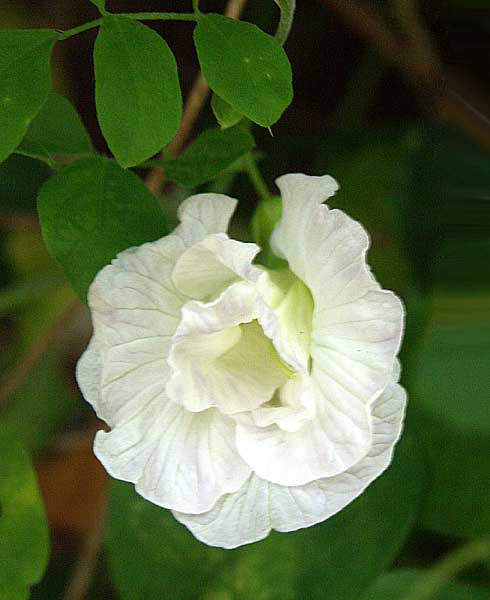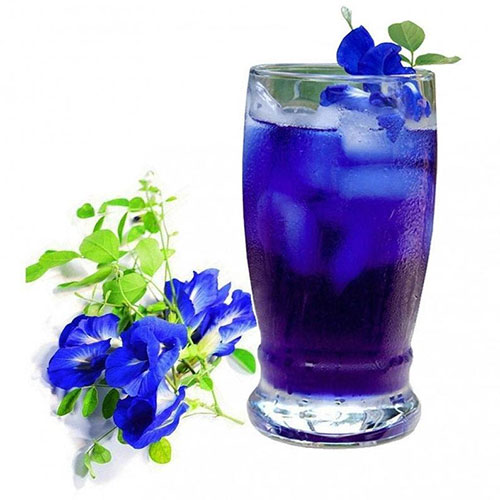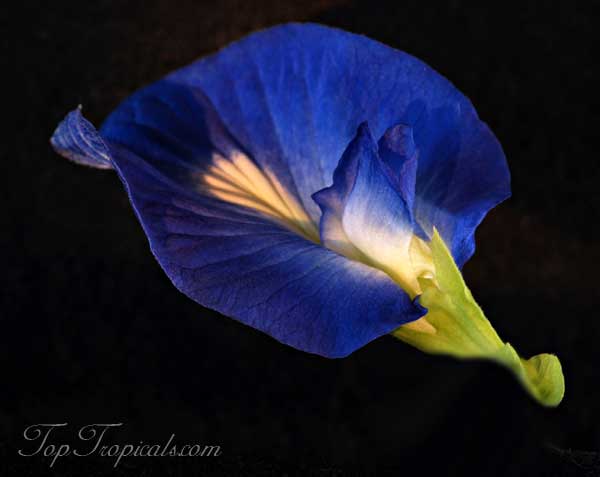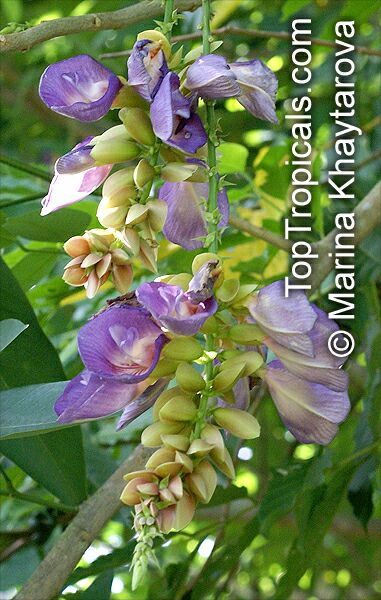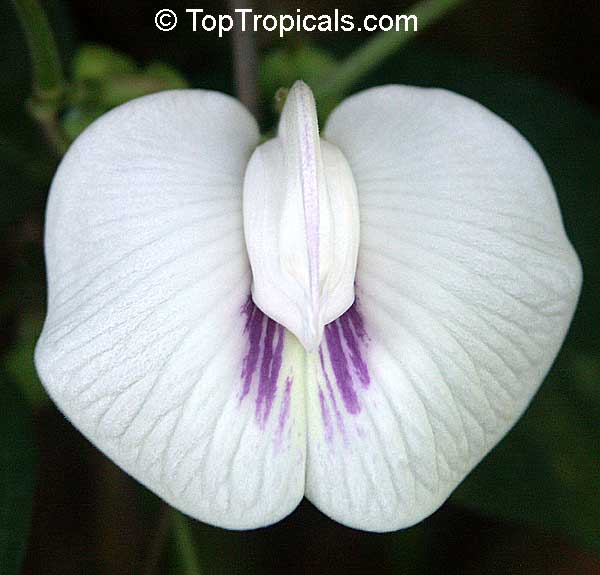Shocking content: flowers with ladys parts used for making tea
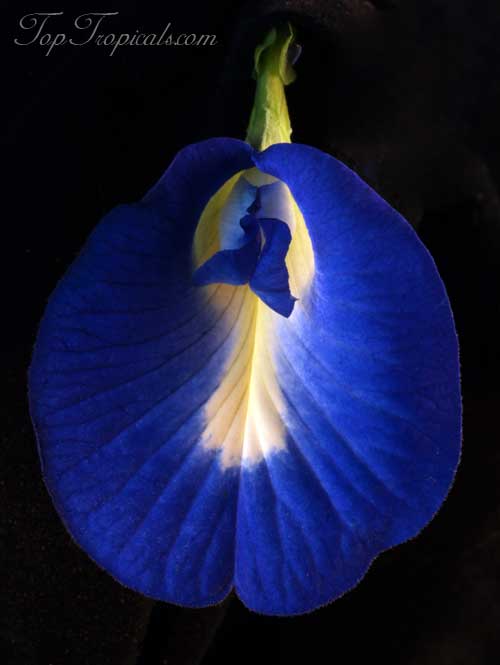
Clitoria ternatea - Butterfly Pea Blue
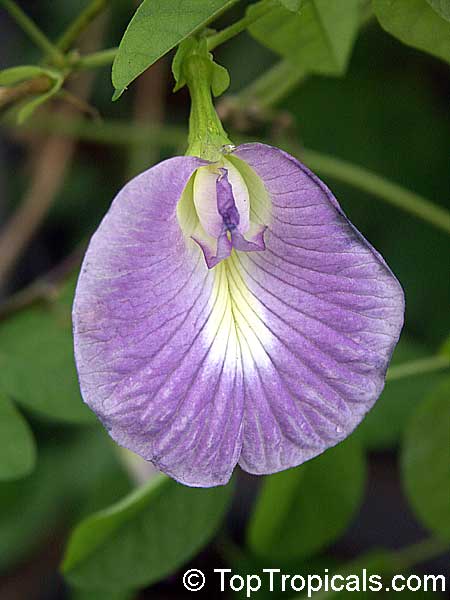
Clitoria ternatea - Butterfly Pea Lavender
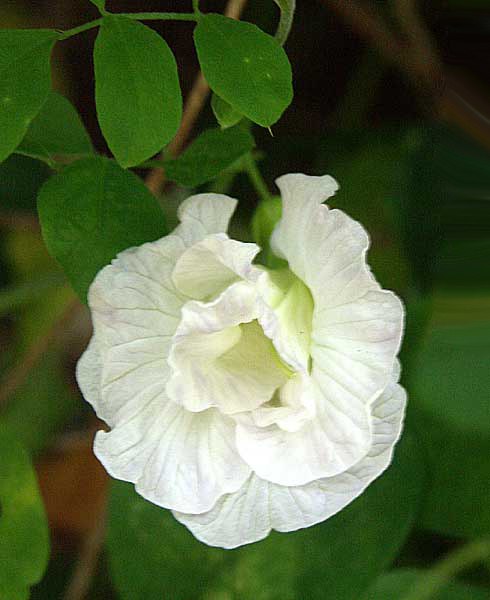
Clitoria ternatea - Butterfly Pea White double flower
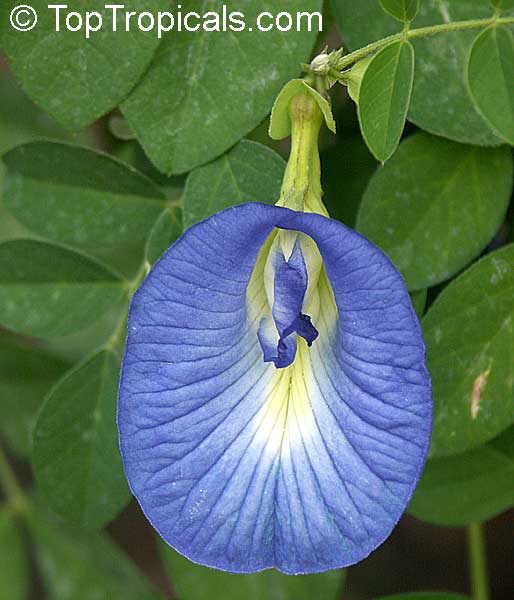
Clitoria ternatea - Butterfly Pea Blue

Clitoria ternatea - Butterfly Pea Blue Double flower
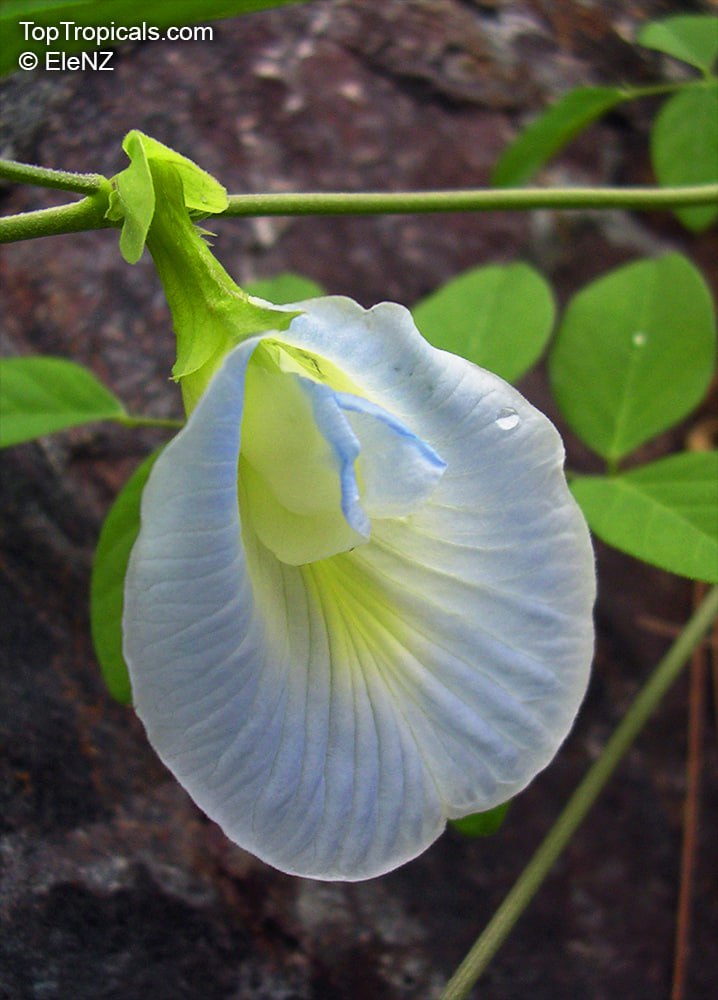
Clitoria ternatea - Butterfly Pea White
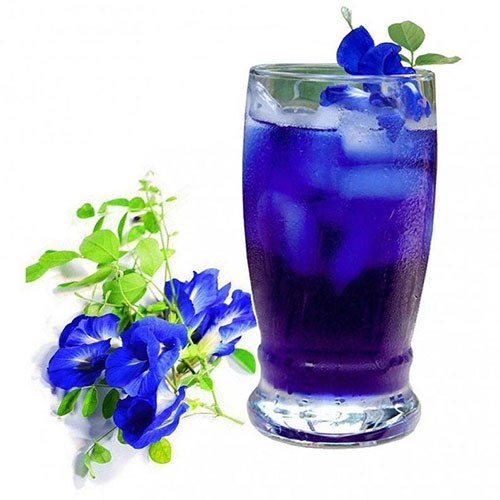
Clitoria ternatea - Butterfly Pea Blue Tea
Now that you've met the Sausage Tree, it's time to introduce you to Clitoria...
- 💙 Clitoria ternatea - also called Butterfly Pea, has distinctive, delicate blooms resembling certain anatomical features... These curious flowers have the shape of
clitoris - hence the name of the plant. - 💙 Nature's Wink: the Clitoria vine boasts these beautiful sexy flowers in vibrant shades of blue, white, or purple. They’re an absolute showstopper!
- 💙 Herbal Benefits: beyond its looks, the clitoria flower is known for its traditional uses as a herbal tea, including stress relief and cognitive support. The flowers also used in salads. The plant is both pretty and practical!
- 💙 Blue Tea is a caffeine-free herbal tea, or Tisane - a beverage made from a decoction or infusion of the Clitoria flower. This stunning blue tea changes color with a squeeze of lemon 🍋 - science and beauty in your cup!⛾
- 💙 In Thailand and Vietnam the Blue Tea is mixed with honey and lemon for a drink served after dinner, or as a refreshment at hotels and spas; a preparation called Nam Dok Anchan in Thai.
- 💙 Pollinator's Paradise: Bees, butterflies, and other pollinators can't resist Clitoria's allure 🐝
- 💙 Easy to grow: Clitoria vine is a gardener’s dream. It is very delicate, fine vine that is both fast growing and easy to control. It can cover a small fence, trellis in a few months. It is also great for containers - this vine will grow just the way you want it.
📚 Learn more about Clitoria and its Tea Infusion
🛒 Get your own Clitoria Vine for fun and Blue Tea
#Nature_Wonders #Recipes #Fun_Facts
#Remedies #Butterfly_Plants #Food_Forest
🏵 TopTropicals
What does Clitoria flower look like?
Clitoria ternatea - also called Butterfly Pea
💙 Clitoria ternatea - also called Butterfly Pea, has distinctive, delicate blooms resembling certain anatomical features... These curious flowers have the shape of
💬 Did you try growing Clitoria vine and make tea from its flowers? Share in comments👇
📚 Learn more from previous posts:
Flowers with lady's parts
Clitoria and its Tea Infusion
🛒 Get your own Clitoria Vine
#Nature_Wonders #Fun_Facts #Butterfly_Plants #Food_Forest
🔴 Join 👉 TopTropicals
Blue butterfly pea lemonade: quick-n-fun exotic recipes
- 🔵Blue butterfly pea flowers (Clitoria ternatea) make an excellent lemonade!
- 🔵Brew the flowers into a blue tea, add a bit of lemon juice.
- 🔵Watch the color turn purple like magic!
Blue butterfly pea lemonade
Ingredients
- 🔵 A handful of blue butterfly pea flowers (Clitoria ternatea)
- 🔵 Hot water for brewing
- 🔵 Fresh lemon juice
- 🔵 Ice cubes and lemon slices for serving
Instructions
- 🔵 Steep blue butterfly pea flowers in hot water to make deep blue tea.
- 🔵 Cool and add a splash of lemon juice — watch the color turn purple like magic!
- 🔵 Pour over ice and garnish with lemon slices.
🛒Plant Clitoria vine for blue and purple exotic drinks
#Food_Forest #Recipes
🟢 Join 👉 TopTropicals
Date:
The Blue Tea Remedy from the Magic Clitoria
By Alex Butova, the Witch of Herbs and Cats
Butterfly-pea flower tea commonly known as Blue Tea is a caffeine-free herbal tea, or tisane, a beverage made from a decoction or infusion of the flower of the Clitoria plant. There are not many who know about the benefits of blue tea. For centuries the butterfly-pea flower tea was only known in South East Asia... The bright blue petals from the flowers of the butterfly-pea plant have been used as an ingredient in herbal tea drinks throughout the region for centuries as well as used in cooking...
CONTINUE READING >>
Clitoria fairchildiana
Family:Fabaceae
Subfamily:Faboideae
Orchid Tree, Clitorea Tree, Philippine Pigeonwings
This ornamental tree grows as a big tree with more than 20 ft in height or can be grown as a small, 10-20 ft tall tree, with regular water, in full sun or semi-shade exposures. Clitoria fairchildiana produces white, off-white, and lavender to purple colored flowers and is classified as an ethnomedical plant.
Clitoria fairchildiana attracts both butterflies and hummingbirds, making a great addition to any garden or landscape. Unlike many other plants, it does not require a lot of maintenance, so it is perfect for those who don't have much time for gardening.
The USDA Hardiness Zone is 9-11 so it can be grown in those parts of the United States. In cold regions, where temperatures fall below freezing for extended periods, Clitoria fairchildiana should be grown in a container, kept indoors during winter and moved outdoors during the summer months. Be sure to provide regular water, but avoid overwatering.
Clitoria fairchildiana is definitely a great addition to any garden, offering beautiful, fragrant flowers and minimal maintenance.
Clitoria ternatea
Family:Fabaceae
Subfamily:Faboideae
Butterfly Pea, Asian Pigeonwings
Perfect vine! Blooms year-round, fast growing, easy, not invasive, controllable, not messy, curious bright blue flower - Clitoris-like flower shape, hence name of the plant. Fast-growing climber with fine foliage, pinnate leaves. Produces flat pods, up to 7" long, beaked, with about 5 flat rounded seeds. Species: C. ternatea, C. mariana.
Besides being a great ornamental, this plant has some practical and medicinal value. The seed pods are edible, as well as the flowers. The flowers are used for blue food dye for rice and teas. It is also a nitrogen fixer and helps prevent E-coli.
See article about healing properties of this plant: Blue Tea from the Magic Clitoria.
Centrosema sp.
Family:Fabaceae
Subfamily:Faboideae
Butterfly Pea
The Centrosema is a fast-growing climber with fine foliage, pinnate leaves, a great plant for attracting butterflies.
Another species, Clitoria, is similar but the latter has a tubular calyx that is much different from that of Centrosema.
Detailed plant profiles: 3 plants found
